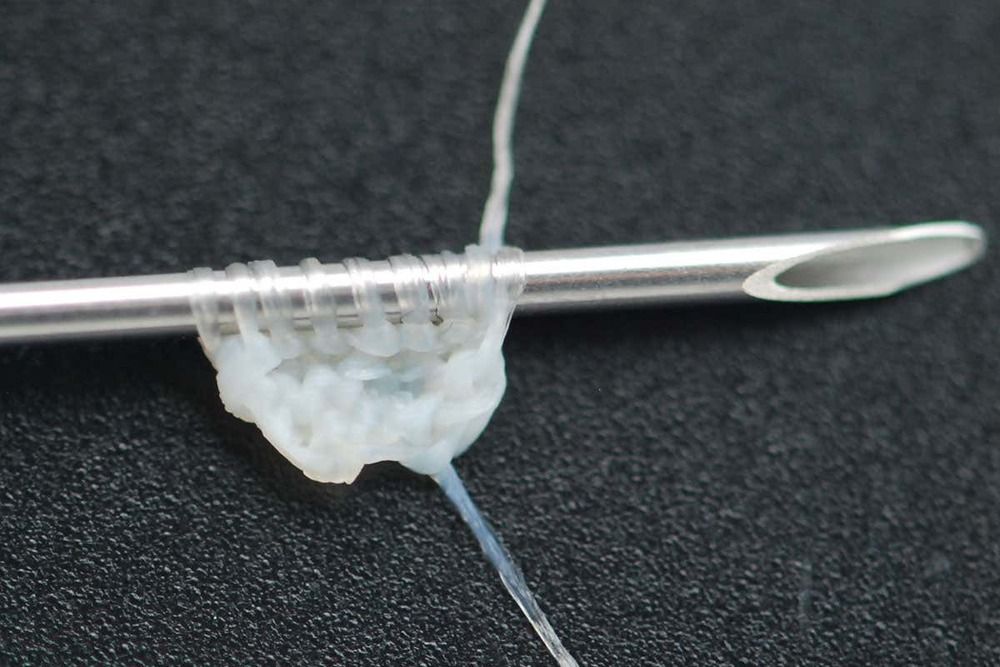If aliens are real, where are they?
Get the latest international news and world events from around the world.

Development of Transgenic Fungi That Kill Human Malaria Parasites in Mosquitoes
Metarhizium anisopliae infects mosquitoes through the cuticle and proliferates in the hemolymph. To allow M. anisopliae to combat malaria in mosquitoes with advanced malaria infections, we produced recombinant strains expressing molecules that target sporozoites as they travel through the hemolymph to the salivary glands. Eleven days after a Plasmodium-infected blood meal, mosquitoes were treated with M. anisopliae expressing salivary gland and midgut peptide 1 (SM1), which blocks attachment of sporozoites to salivary glands; a single-chain antibody that agglutinates sporozoites; or scorpine, which is an antimicrobial toxin. These reduced sporozoite counts by 71%, 85%, and 90%, respectively. M. anisopliae expressing scorpine and an [SM1]8:scorpine fusion protein reduced sporozoite counts by 98%, suggesting that Metarhizium-mediated inhibition of Plasmodium development could be a powerful weapon for combating malaria.



Scientists Release Genetically Engineered Moths for First Time
The diamondback moth is a huge pest. It eats a variety of crops, but is largely resistant to insecticides, resulting in upwards of $5 billion in losses every year.
That could soon change, though, as an international team of researchers has created a strain of genetically engineered diamondback moths that could suppress the pest population in a sustainable way — and they just released them into the wild for the first time.
For the study, published Wednesday in the journal Frontiers in Bioengineering and Biotechnology, the researchers engineered the moths so that when the males of the strain mated with wild females, the female offspring would die during the caterpillar life stage.

The future of biotechnology
One day we may live in a world without disease.

Scientist Warns Of Mini Ice Age As Sun Hibernates During Solar Minimum
An expert warned that Earth might experience a mini ice age when the Sun hibernates due to its solar minimum cycle. According to the expert, the Sun’s hibernation and extremely cold weather could last for over three decades.
The solar minimum is a period in the Sun’s solar cycle that occurs every 11 years. During the solar minimum, sunspots on the Sun’s surface diminishes, leading to a weaker output from the massive star. On the other hand, during a solar maximum, the Sun emits more energy as its sunspots increase.
According to Valentina Zharkhova, a professor at Northumbria University’s department of mathematics, physics and electrical engineering, the Sun is about to enter a Grand Solar Minimum this year, which is like an extended version of the solar minimum. Instead of lasting for only a couple of years, the Grand Solar Minimum could extend for 33 years.

